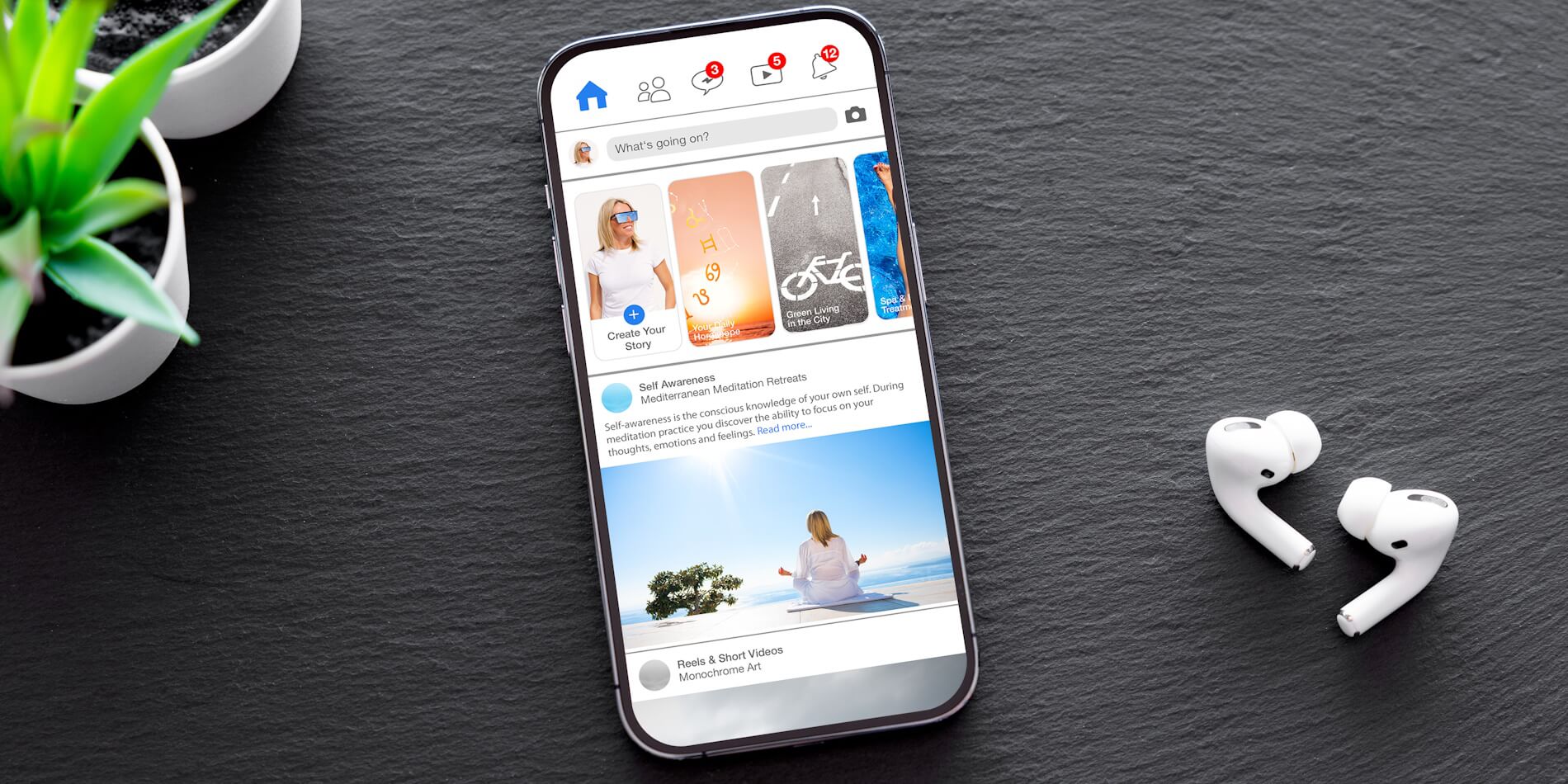
The choice of the right social media platforms and content formats is crucial to the success of any social media strategy. It enables you to effectively engage your target audience and achieve maximum engagement. Choosing the wrong platform or inappropriate content formats risks failing to reach your target audience or engaging them inadequately. This article examines the most important social media platforms, analyzes suitable content formats, and discusses the decision between crossposting and modified content.
Table of Contents:
Before delving into the various content formats, it’s important to understand the platforms on which these formats are used. Each platform has its own characteristics, strengths, and weaknesses that determine how well they fit your target audience and which content works best. Below is an overview of the key social media platforms:
After understanding the platforms and their unique features, the first step in content planning is complete. To fully utilize the potential of your platform(s) and maximize audience engagement, the next question arises: Which content formats best suit my goals and needs? Below, we explore the different formats available on the major social media platforms and how to use them strategically.
Choosing the right content format is crucial to effectively engaging your target audience and maximizing the potential of each platform. Every platform has its unique formats that work particularly well for specific types of content and goals.
Instagram posts are static images or carousel posts (composed of multiple static images or short videos) that support long-term content and brand building. They provide an opportunity to present topics and information clearly and engagingly.
A Reel is a video up to 90 seconds long. These short, often entertaining videos are highly attention-grabbing on Instagram and are prioritized by the algorithm. If they get to the point quickly, Reels are as effective as posts for presenting information and topics.
Stories are temporary content that disappears after 24 hours and, unlike posts and Reels, can only be seen by followers of the profile. They are ideal for quick updates or interactive content like polls.
TikTok videos are short, often entertaining and creative, with a maximum length of 10 minutes, though significantly shorter videos are more common and favored by the algorithm. They are perfect for challenges, trends, and viral clips.
YouTube videos are ideal for tutorials, product demos, or in-depth reviews. They can range from several minutes to hours in length.
YouTube Shorts are short videos of up to 60 seconds and serve as a response to Instagram Reels and TikToks.
Facebook posts consist of text and image content, suitable for quick updates or announcements.
Particularly suitable for live streams or longer clips that provide detailed information.
Temporary content that grabs attention and encourages interactions.
On LinkedIn, there is essentially only the post format, but it is offered in various variations, each with specific advantages and disadvantages:
Short posts without images or videos, ideal for opinions, experiences, news, or success stories. These text posts provide authentic insights into projects or company developments.
Single images or image galleries, such as infographics or event photos, often combined with explanatory text to share visual content.
PDFs or slide decks that can be clicked through like small presentations. Ideal for guides or whitepapers.
Short videos or longer clips such as interviews or event recordings, uploaded directly to LinkedIn or linked.
Detailed text articles on industry-specific topics, such as “Future Trends in IT,” “Best Practices in Social Media Marketing,” or “Sustainability in Supply Chains,” that convey expertise. Often accompanied by supporting visuals like graphs or article excerpts to enhance the content and make it more visually appealing.
A practical look highlights how different companies effectively use social media, showing how the choice of platform and format can significantly impact results.
The brand Paper & Tea primarily focuses on Instagram Stories to build an engaged community. Their strategy involves publishing targeted, temporary content that allows followers to gain deep insights into the brand and build a personal connection. This direct and authentic communication makes followers feel part of the brand, strengthening their interactions and loyalty.
GoPro employs a versatile content strategy using a combination of long-form YouTube videos and short clips on Instagram and TikTok. The long-form videos provide detailed product information, while the shorter clips are ideal for leveraging current trends and going viral. This strategy enables GoPro to foster in-depth interest in their products while also gaining broad attention.
As a luxury brand, Chanel relies primarily on Instagram posts and Reels to engage its audience. The content is consistently high-quality and visually appealing, emphasizing the brand’s luxurious identity. Instagram’s format is ideal for this purpose, and by using targeted ads and leveraging Reels, Chanel ensures it reaches its exclusive audience while maintaining its brand image. The algorithm’s prioritization of Reels plays to their advantage, allowing them to reach a wide audience. Chanel’s choice of Instagram enables them to present their luxury products in an appropriate context and engage directly with their community.
Crossposting and posting modified content are two distinct strategies in content marketing. With crossposting, the same content is shared across multiple platforms without any changes (often simultaneously). The text, image, or video is copied without being adapted to the specific platform. This approach saves time and costs while ensuring a consistent brand message. However, it is possible that the same content may not perform equally well across all platforms, resulting in lower engagement.
In contrast, modified content is specifically tailored to the requirements and target audience of each platform, which often leads to better reception and higher interaction rates. This strategy, however, demands more resources and time for creation, as each piece of content must be adjusted or newly created to fit the platform.
Deciding between crossposting and modified content largely depends on your goals and the resources available to you.
In practice, a combination of both strategies has proven effective. General content, such as product announcements or important company news, can be efficiently distributed through crossposting across all platforms. For specific content that aims to generate high levels of engagement, it is advisable to adapt it to the respective platform. For instance, a video might need to be formatted differently for TikTok than for Instagram to align better with the platform’s specific formats and user habits, thereby effectively reaching the target audience.

A successful content strategy depends heavily on selecting the right platforms and suitable formats. There are many proven approaches, and the examples of GoPro, Paper & Tea, and Chanel clearly demonstrate that every company should develop an individual strategy based on its target audience and products.
GoPro effectively uses a mix of long-form videos and short viral clips across various platforms to address different audience segments. Paper & Tea showcases how Instagram Stories can be used effectively to build a close and authentic connection with the community. Chanel, on the other hand, relies on high-quality visual content on Instagram to present its luxury brand and specifically target its audience.
To optimize your content strategy, it is crucial to prioritize platforms according to your target audience and select content formats that offer the greatest value. Therefore, your brand does not need to be present on every platform, especially if you have limited time and financial resources.
A balanced mix of crossposting and modified content can help increase efficiency while simultaneously maximizing engagement. Continuously measuring KPIs such as reach, engagement, and conversions ensures the success of your strategy and provides opportunities for further improvement.
Ultimately, a well-thought-out selection of platforms and formats, along with the right balance between crossposting and content adaptation, forms the foundation of a successful social media strategy.
Non-binding and no payment details needed
Start Now